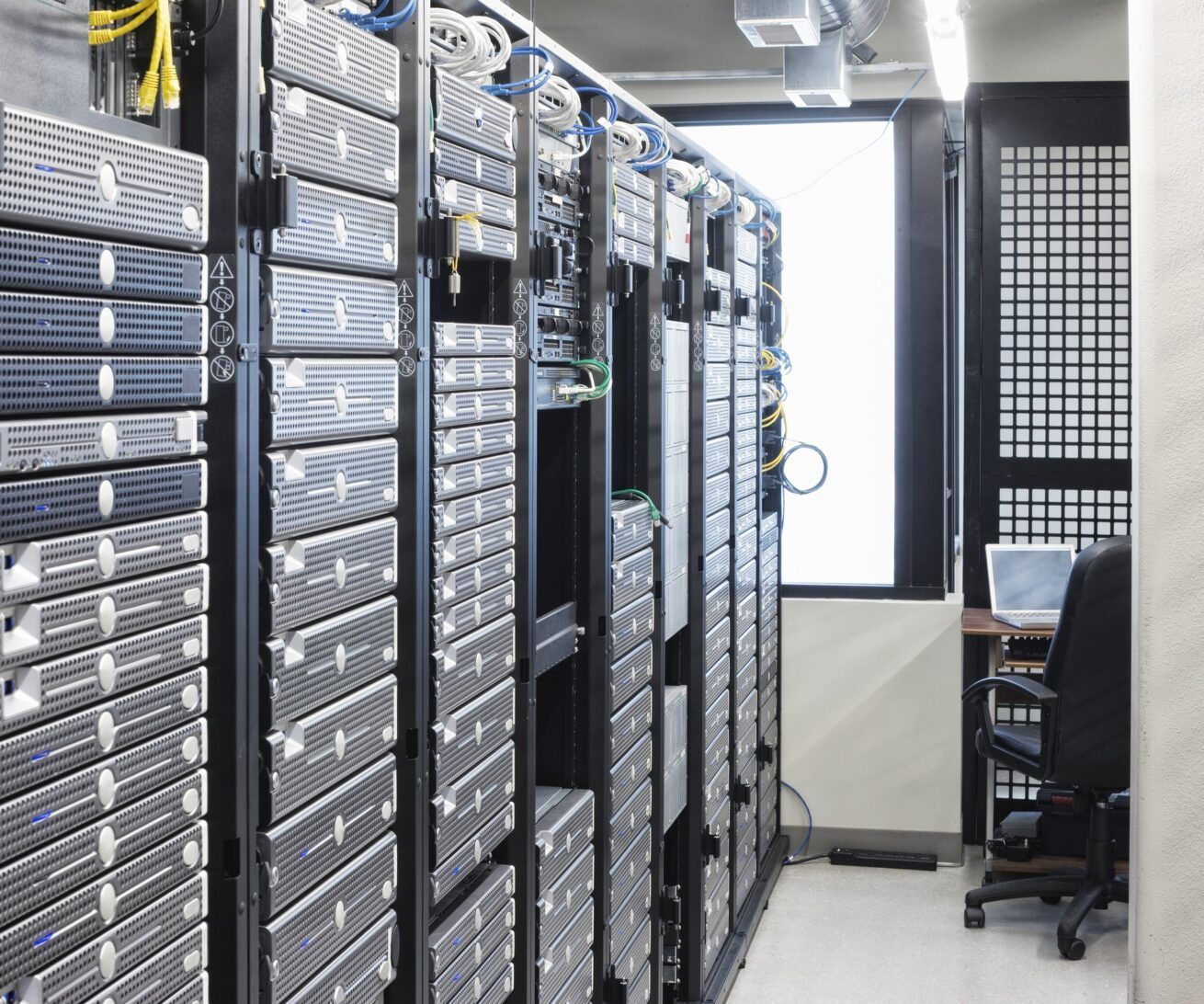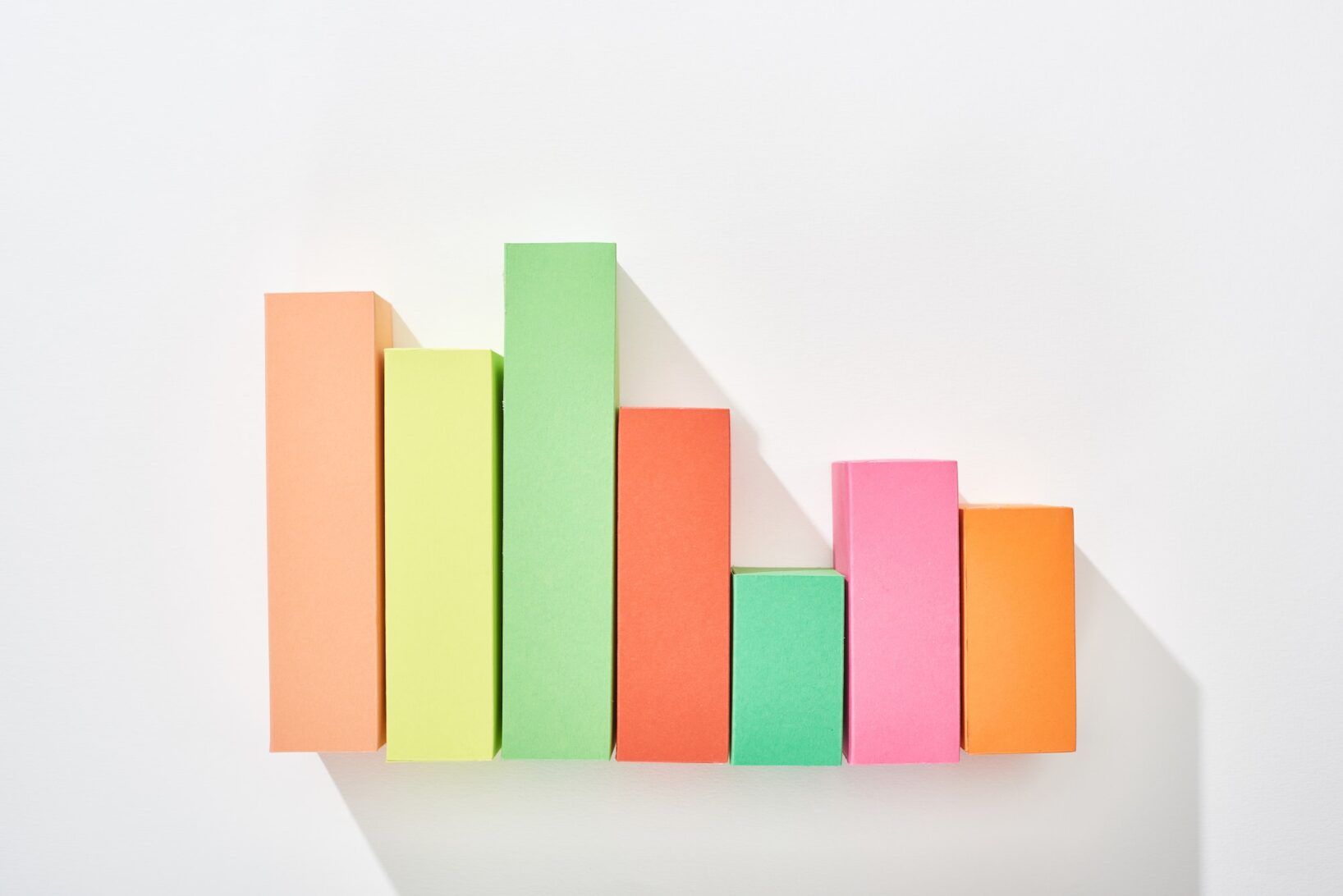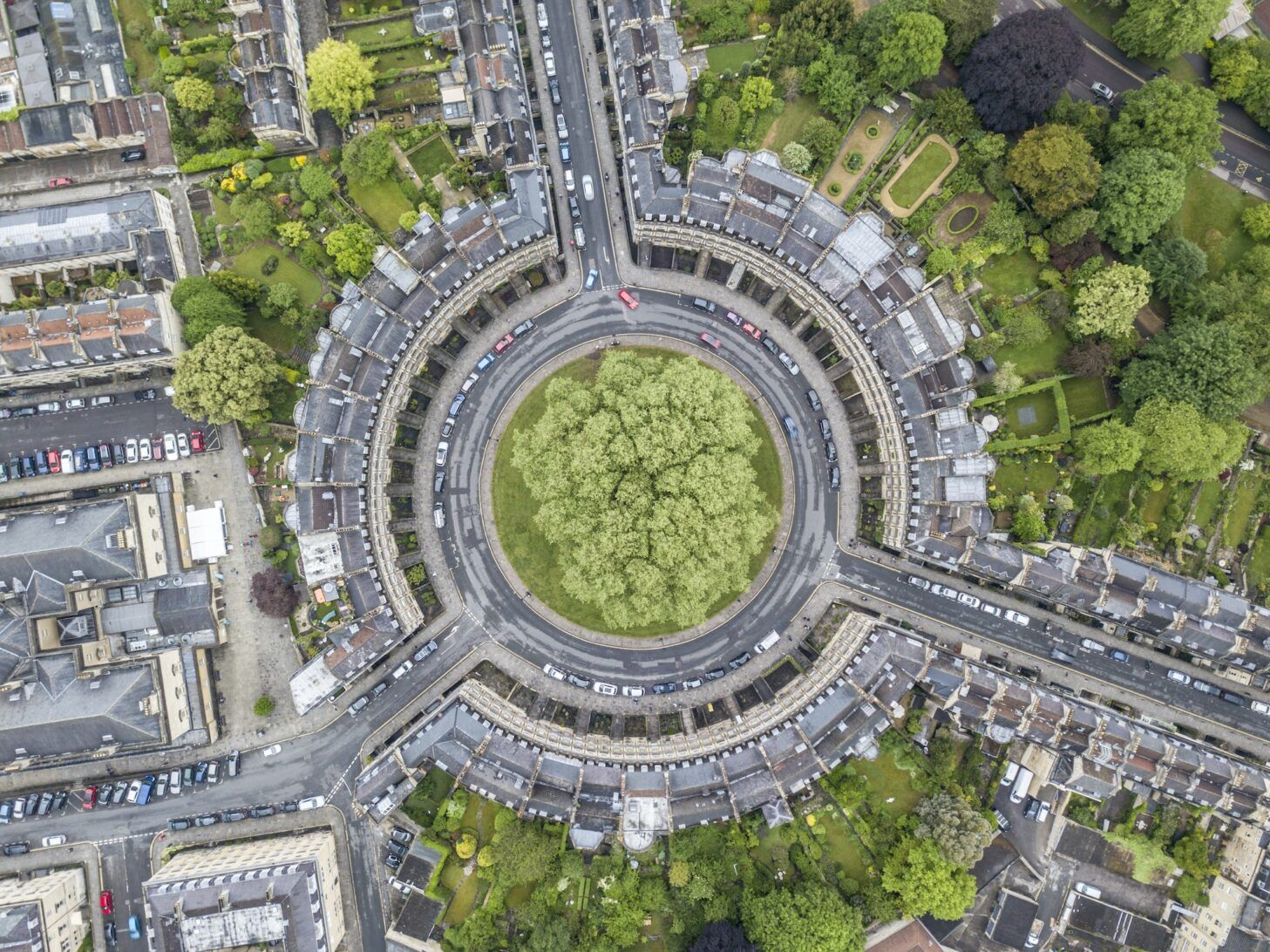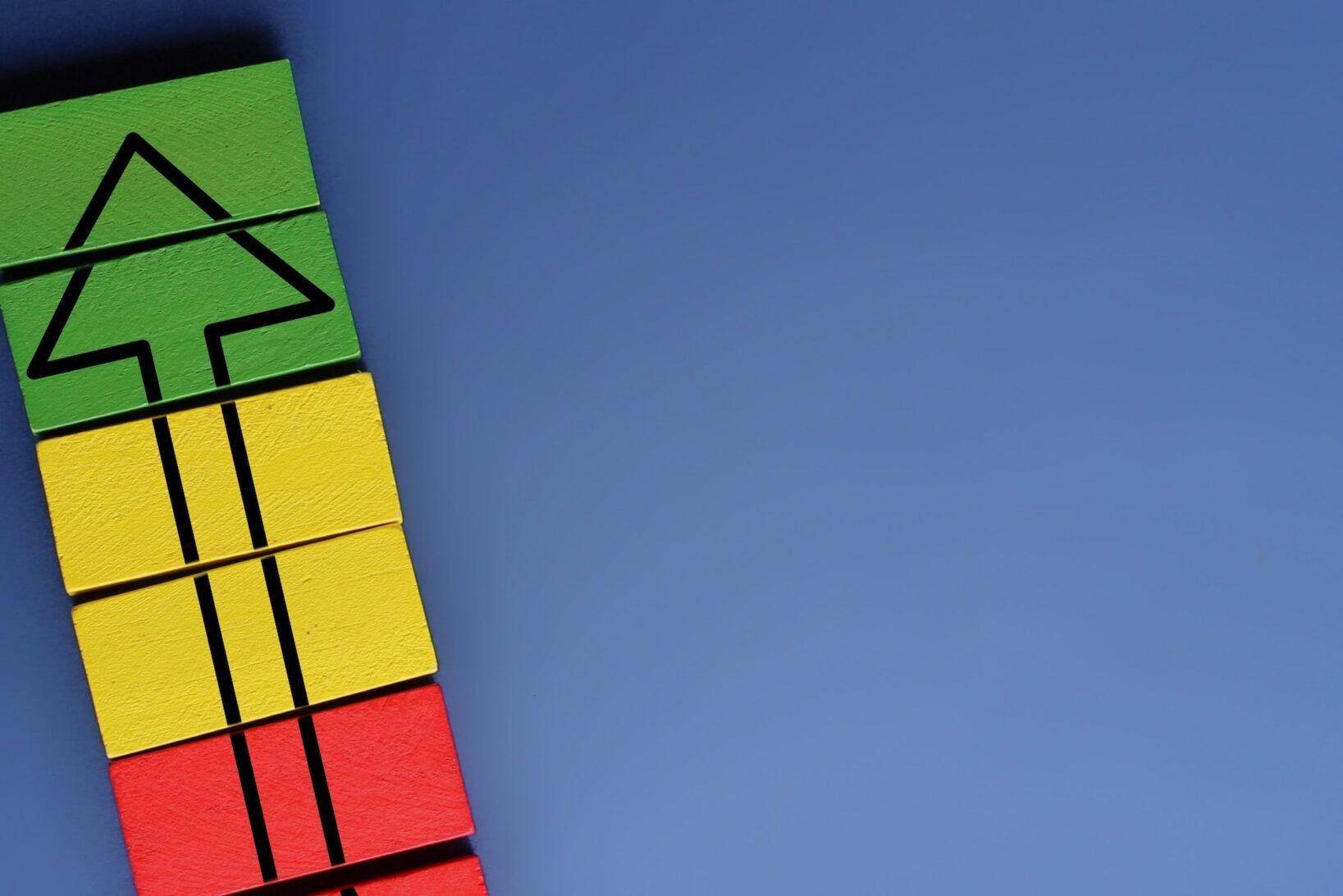Images are an essential element of any website, and they can greatly enhance the user experience. However, they can also slow down your website’s load time and negatively impact your SEO rankings. In this article, we’ll explore the reason to optimize images and how to do it.
What does Optimize Images mean?
Image optimization refers to the process of reducing the file size of an image without sacrificing its quality. When you optimize an image, you reduce its file size so that it loads faster on your website. Faster loading times lead to better user experience, which can lead to improved engagement, increased conversions, and ultimately, more revenue.
Why is Image Optimization Important for SEO?
Search engines like Google consider website speed to be an important ranking factor. When a website loads slowly, it provides a poor user experience, which can lead to lower engagement and higher bounce rates. As a result, search engines may rank the website lower in search results, reducing its visibility and traffic.
Optimizing images can significantly improve your website’s loading speed, which can improve your SEO rankings. In addition, properly optimized images can also help your website appear in image search results, providing additional opportunities for traffic and visibility.
How to Optimize Images
Choose the Right File Type
Choosing the right file type for your images is essential for optimizing them. The three most common file types for images are JPEG, PNG, and GIF.
JPEG is the most commonly used file type for photographs and complex images. It offers a good balance between file size and image quality, making it ideal for use on websites.
PNG is best used for images with transparent backgrounds, such as logos or graphics with text. It offers higher quality than JPEG but results in larger file sizes.
GIF is best used for animated images, such as memes or social media graphics. It offers a small file size but lower image quality.
Resize Your Images
Resizing your images to the appropriate dimensions for your website can significantly reduce their file size. You can use image editing software like Photoshop or online tools like Canva to resize your images.
Be sure to resize your images before uploading them to your website. This will help you avoid the need to resize them using HTML, which can result in slower loading times.
Compress Your Images
Compressing your images can further reduce their file size without sacrificing their quality. You can use compression software like TinyPNG or Compressor.io to compress your images before uploading them to your website.

Use Descriptive Filenames
Using descriptive filenames for your images can improve their SEO rankings. Descriptive filenames should include relevant keywords related to the content of the image.
For example, instead of naming your image “IMG1234.jpg,” name it “beach-vacation-destination.jpg” if it’s a photo of a beach destination.
Use Alt Text
Alt text is a description of an image that appears when the image cannot be displayed. Alt text helps search engines understand what the image is about, which can improve its SEO rankings.
Be sure to include relevant keywords in your alt text, but avoid stuffing it with too many keywords. Alt text should be concise and descriptive.
Conclusion
Optimizing images can greatly improve your website’s loading speed and SEO rankings. By following the tips outlined in this article, you can ensure that your images are optimized for the web and provide a better user experience for your website visitors.








